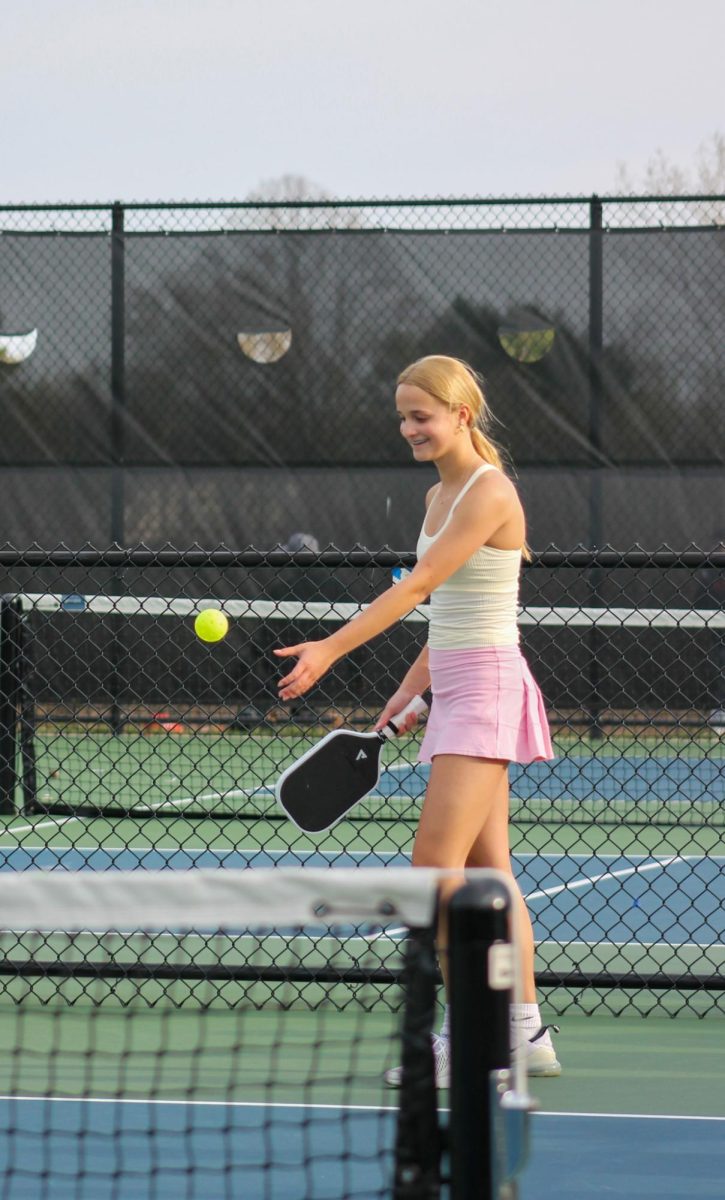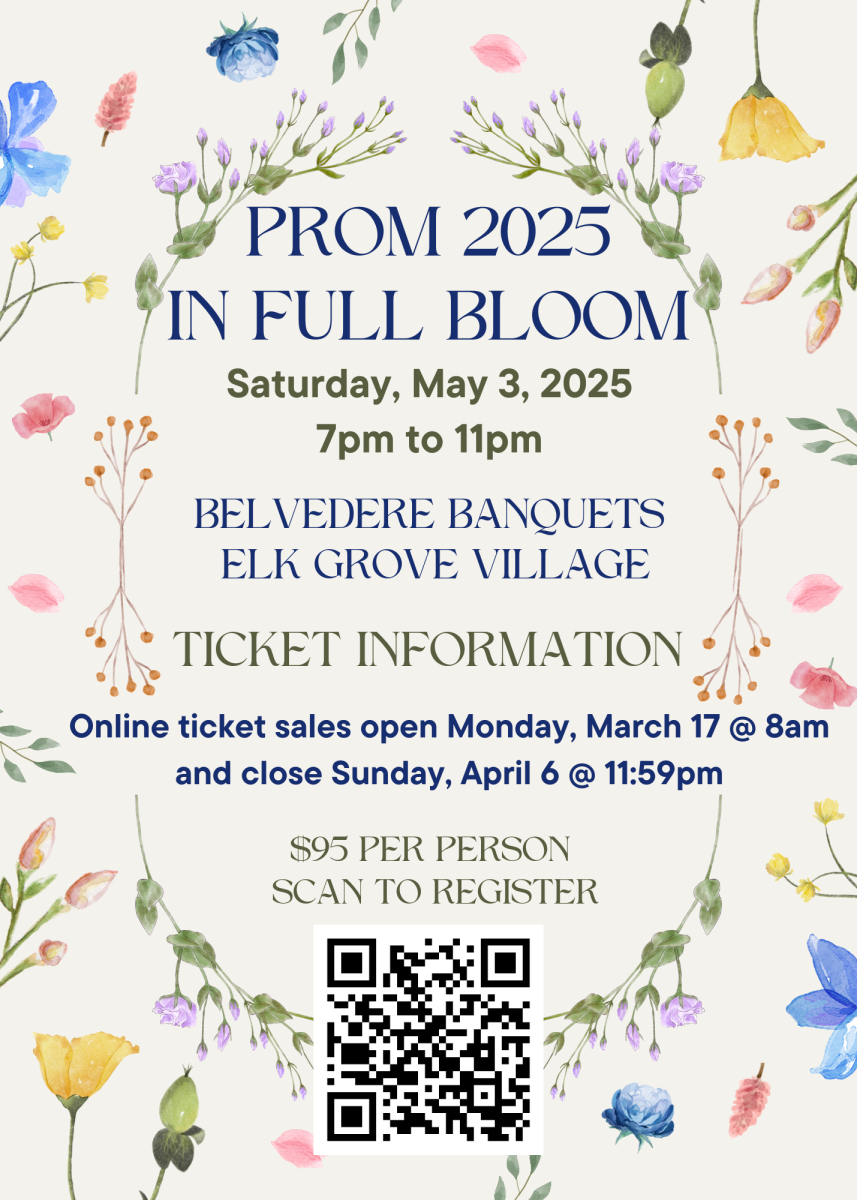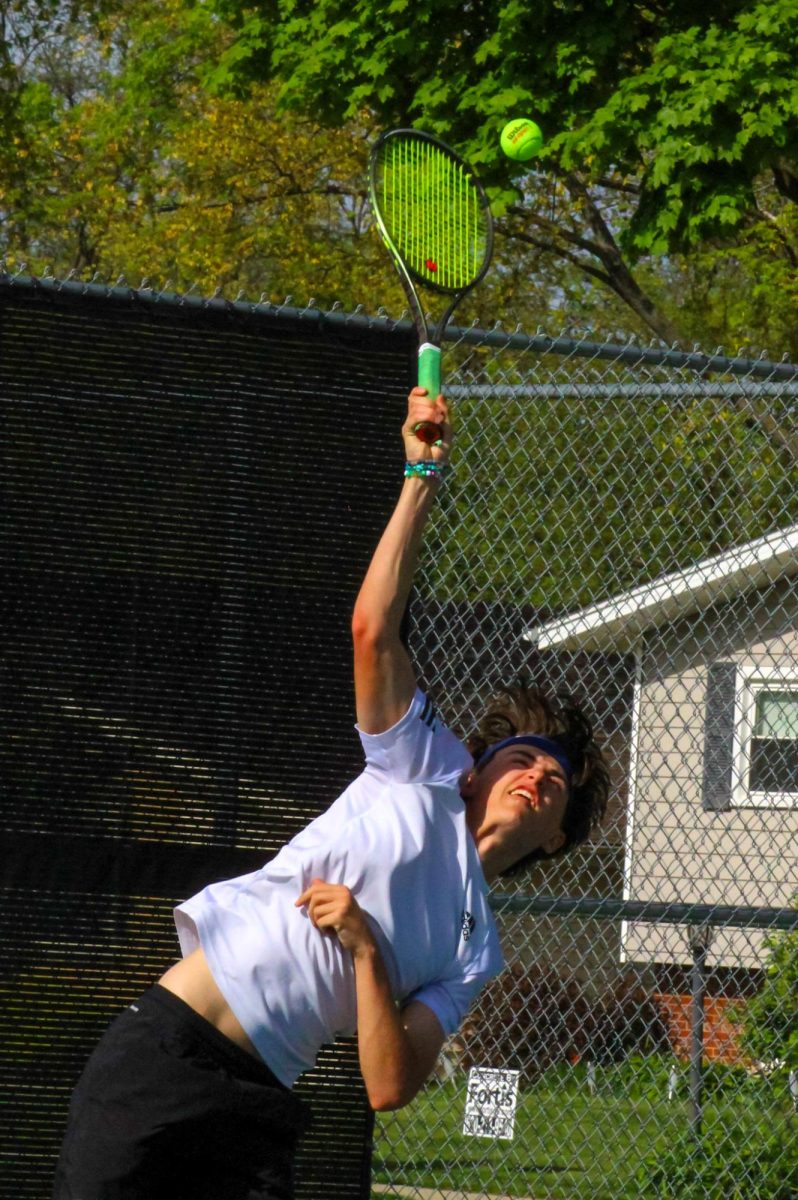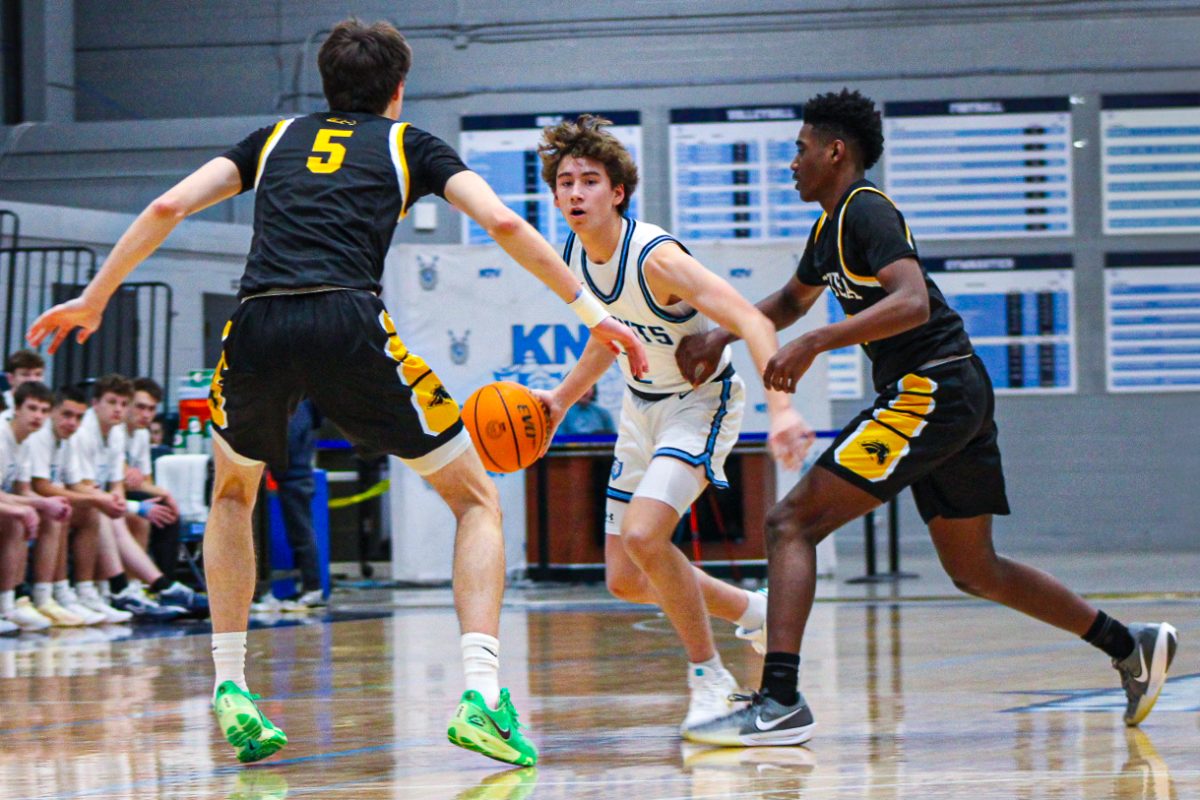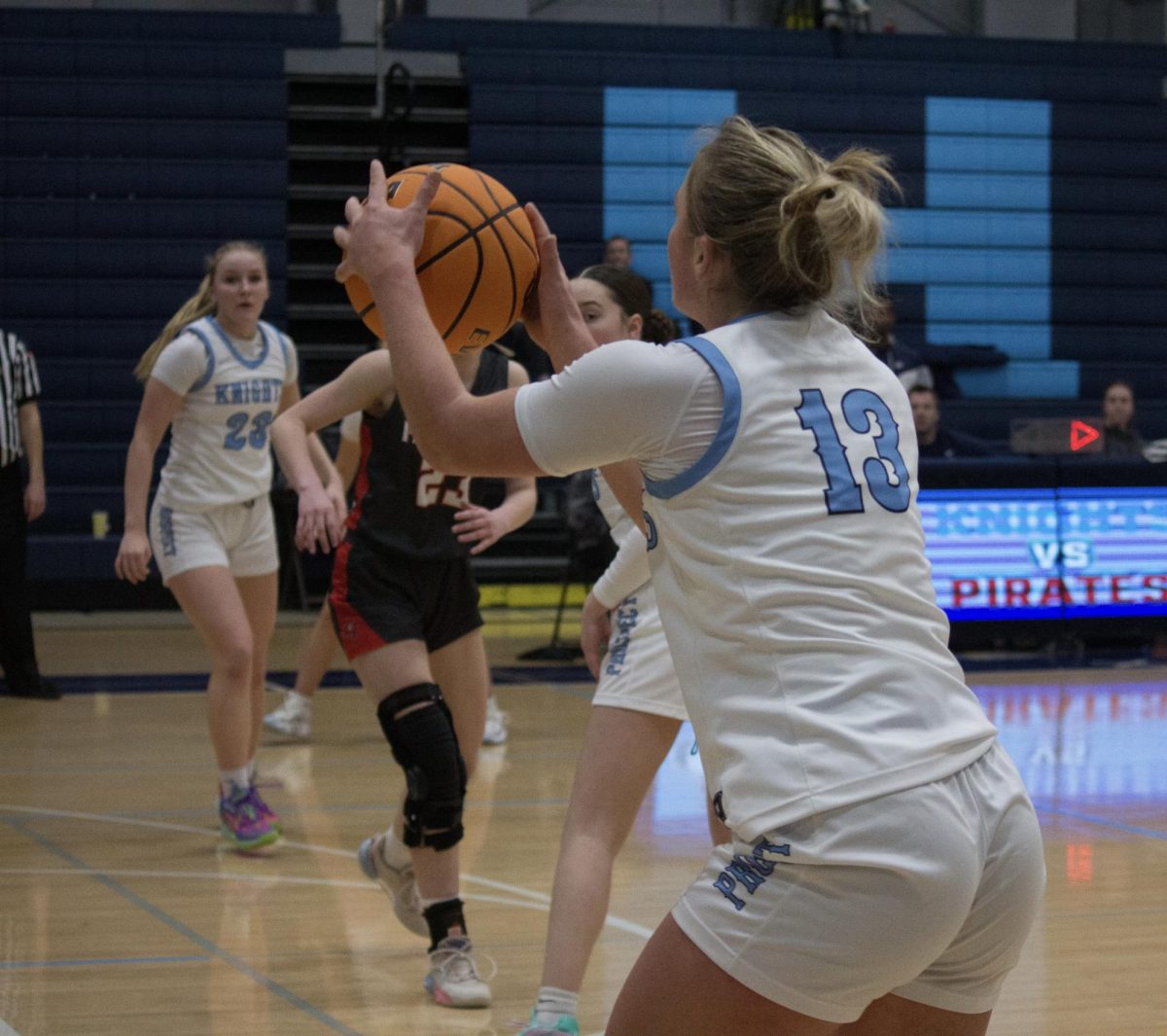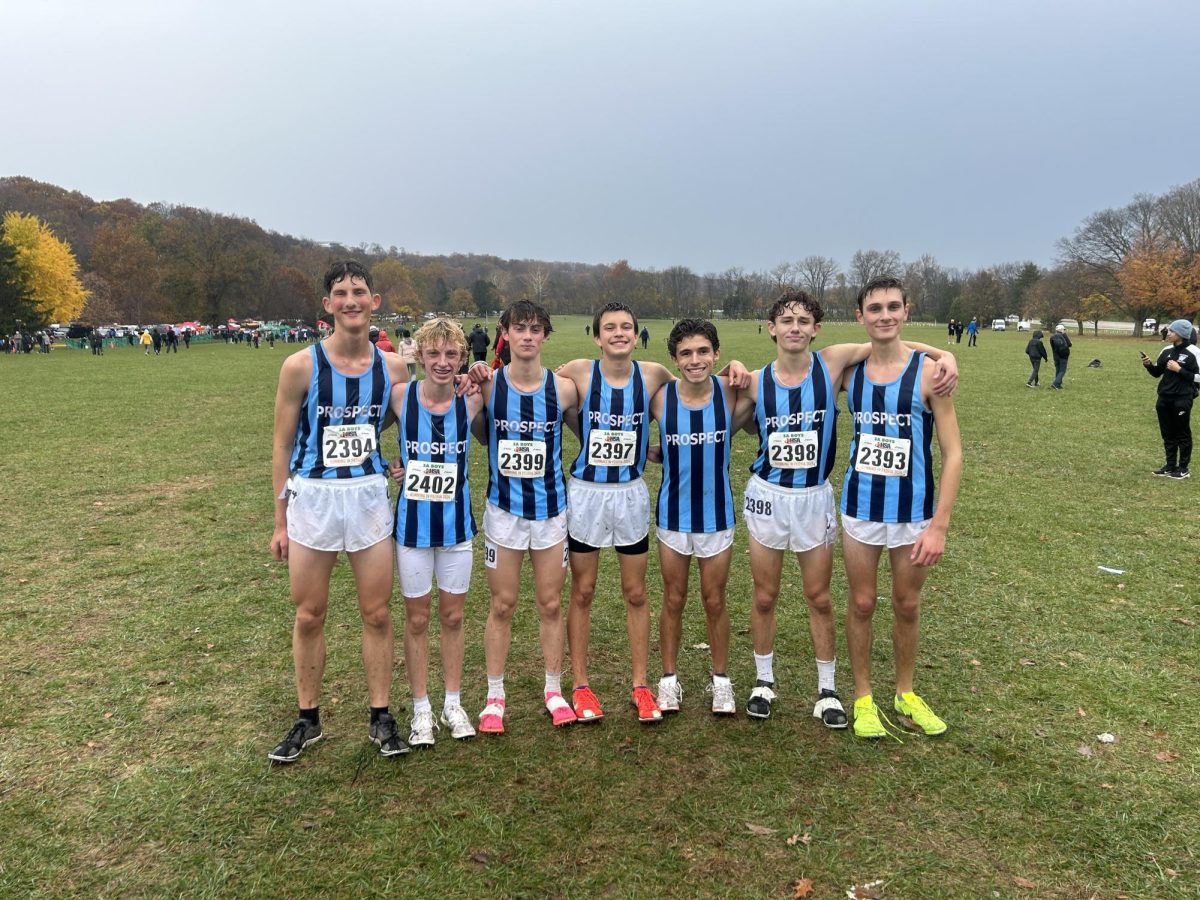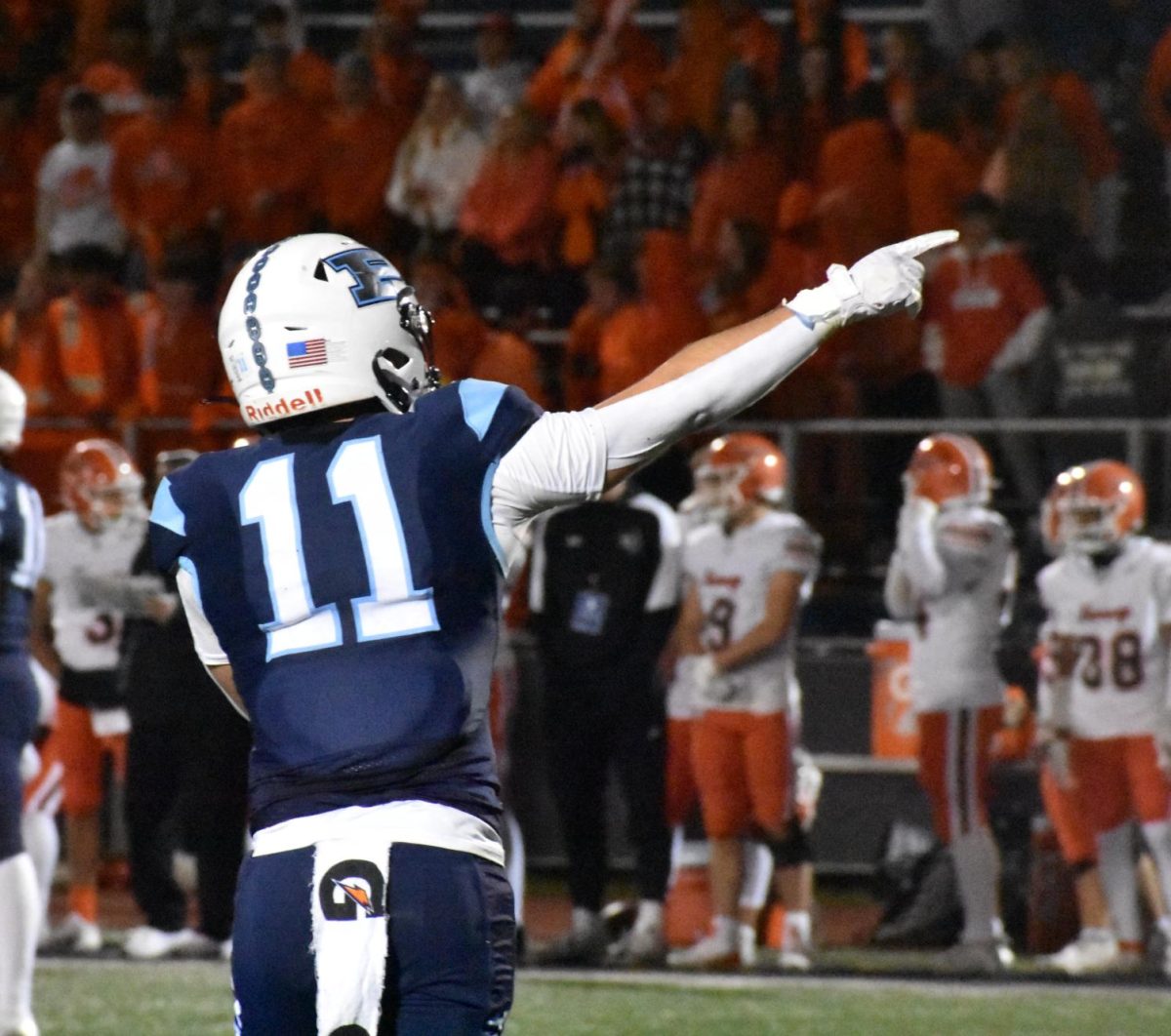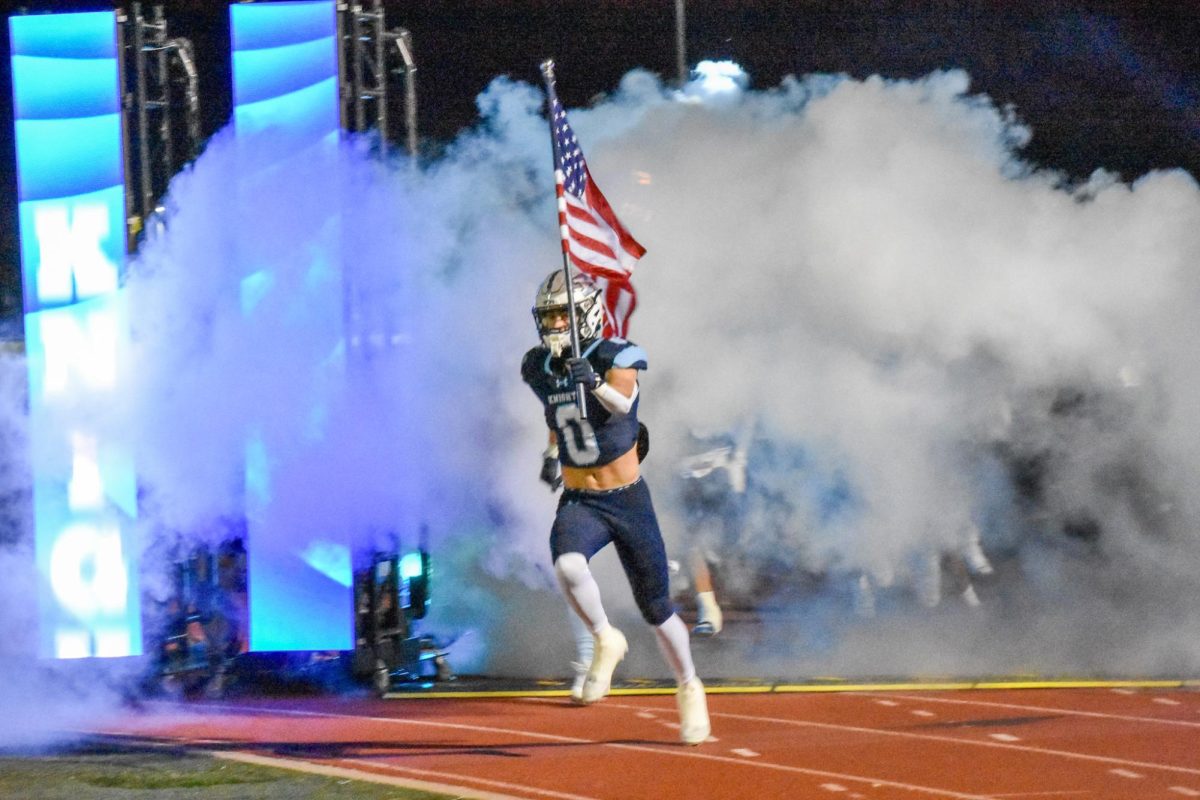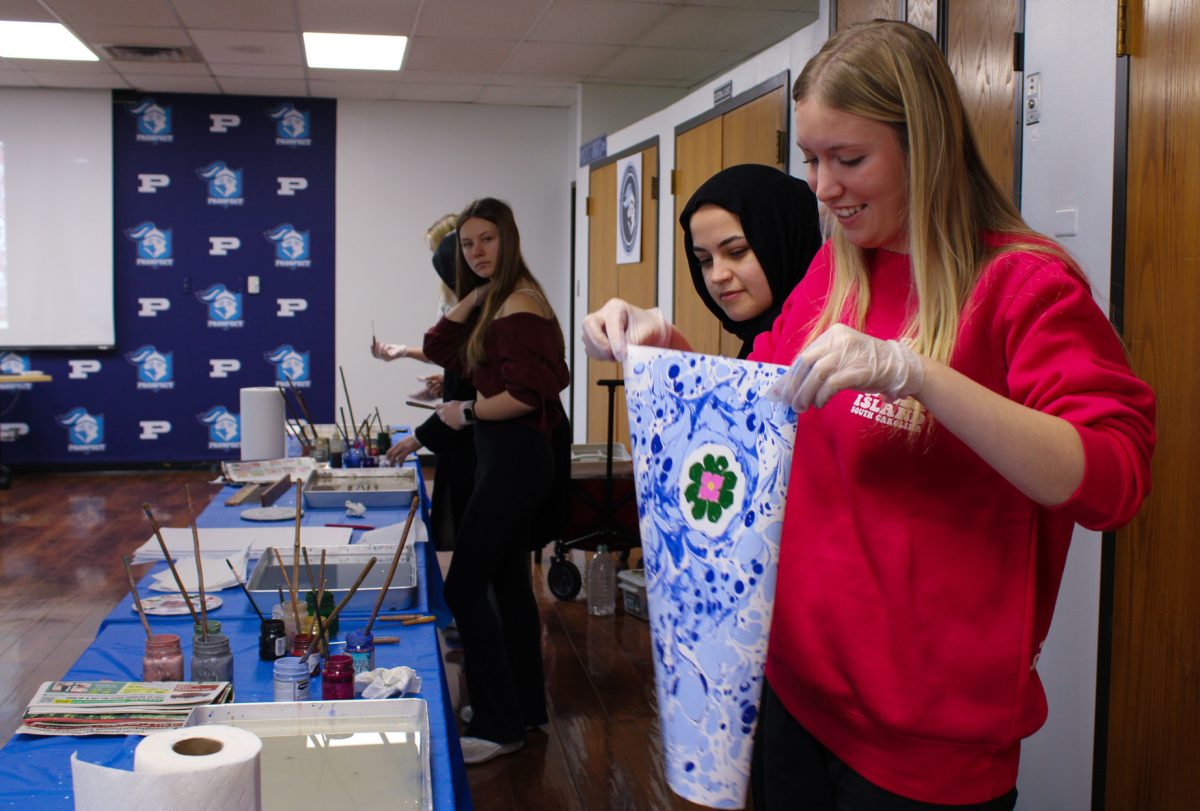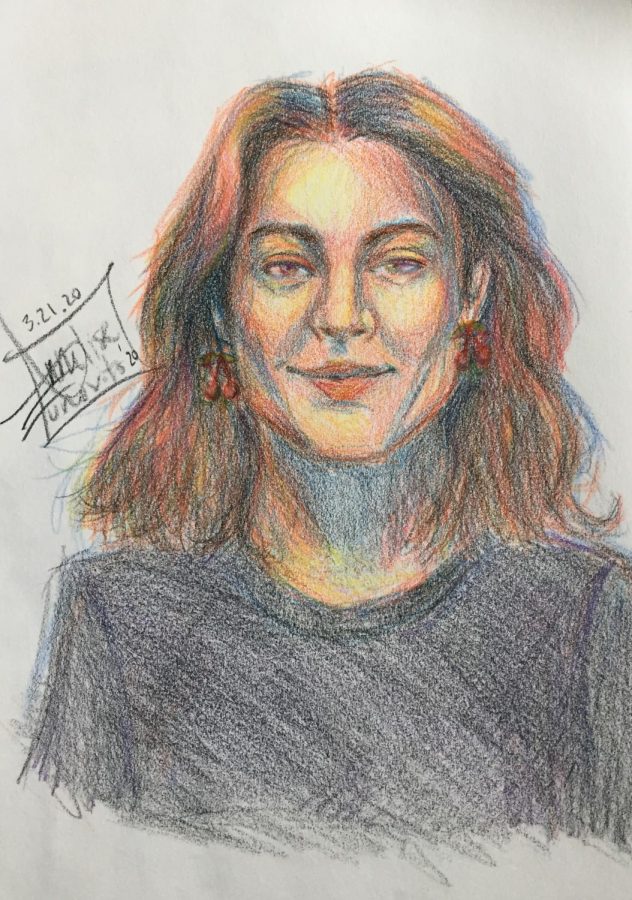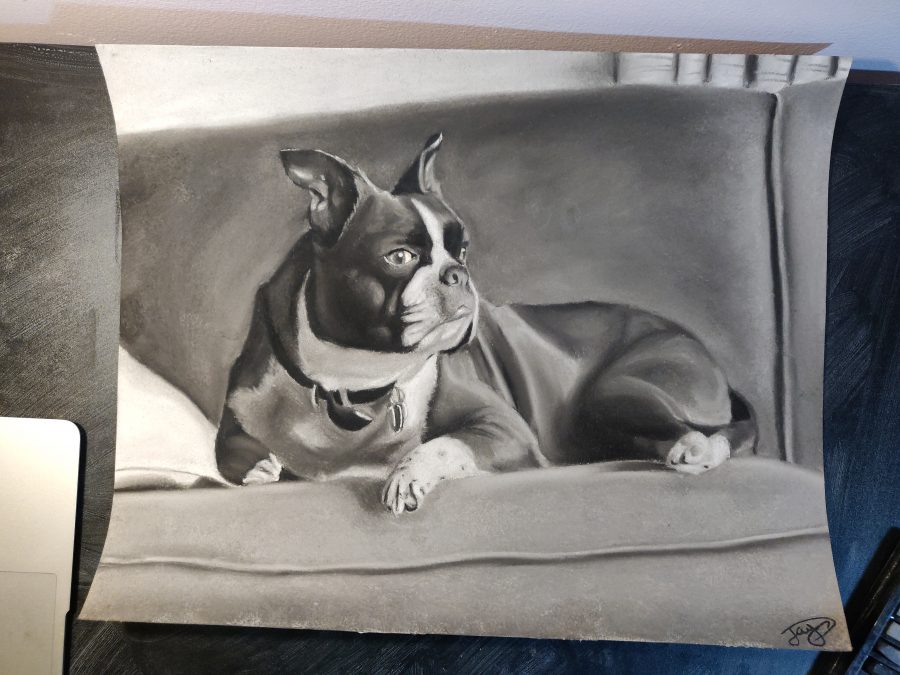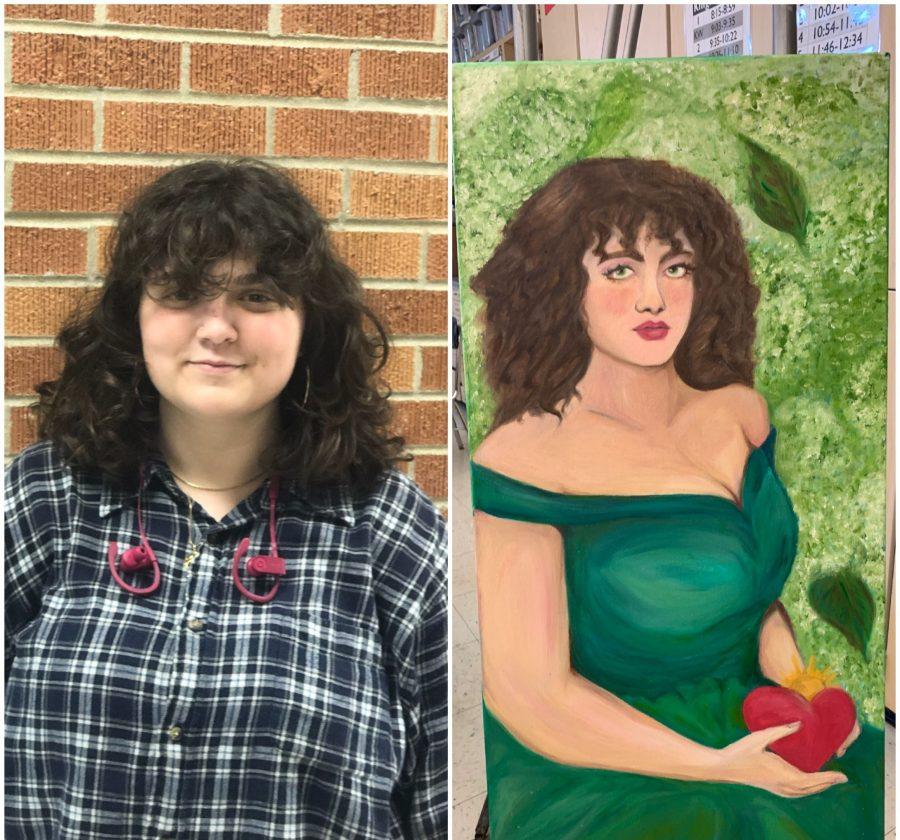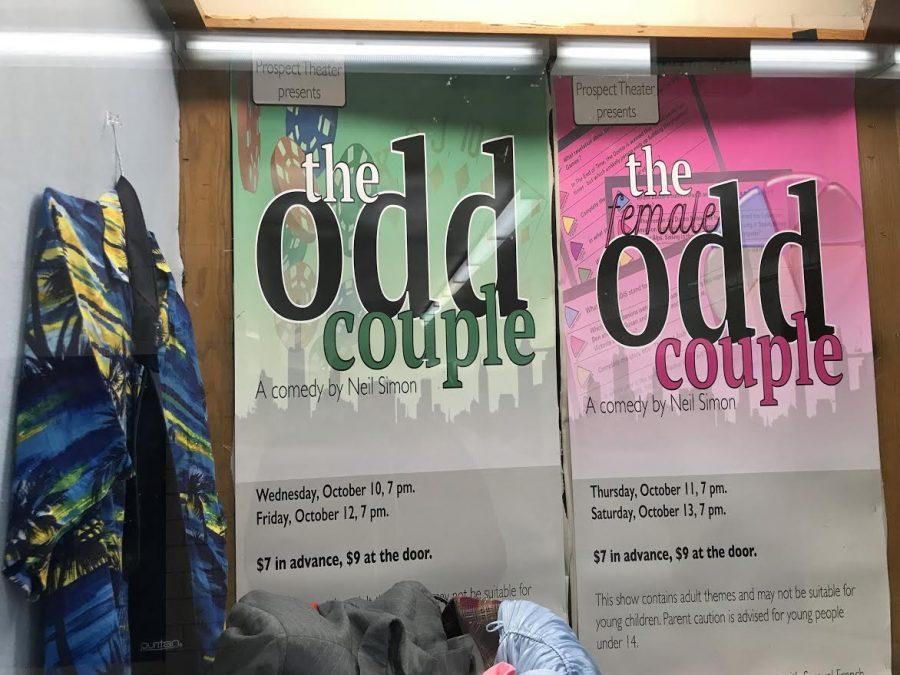By Andi Hayes
Features Editor|
“Alice In Wonderland” by Lewis Carroll has always been a classic children’s novel, having been made and remade countless times into many different movie adaptations ranging from Disney to a loose adaptation by Tim Burton.
The story follows a young girl named Alice, who is looking for her lost kitten Dina in a forest when she stumbles upon a white rabbit, whisking her away and down a rabbit hole into Wonderland, a place where everything isn’t quite as it seems.
Director John Meyers Jr. decided to adapt this novel into a play on Dec. 6-8. Since the book itself has been reproduced and produced many times, Meyers thought the best way for the story of Alice to be translated onto the stage would be using the original book as a script.
While the idea of using the original script may seem like a normal choice for any director, it was the way Meyers interpreted the script that made the show unique.
A different aspect about the play itself was the entire lack of scenery besides lights and a colored screen in the background as well as using minimal hand props. Meyers purposely chose to not use any particular setting because the storyline itself relies on the audience’s sense of imagination.
Another original aspect Meyers used was casting 13 girls as the role of Alice, one girl for each scene of the play. Each of the Alices featured a slightly different costume than before, and differing slightly than the original light blue dress and white apron outfit originally pictured by the Disney adaptation in 1951.
Meyers made this choice because he thought in each scene a different mood and personality trait of Alice was shown; he figured the best way to show this was through a different person for each “Alice”.
“[Alice] refers to herself as changing, throughout the play,” Meyers said. “And it also occured to me that in our drama department we have quite a number of exceptional actresses and there’d be enough roles [of Alice] where everyone would be able to take it and run with it.
We did several read-throughs and I played around with different people reading different Alices and they just sort of found themselves; the personalities found the scenes.”
For junior Sammie Smolenski, playing just one of the many Alices was an adventure in itself Smolenski played Alice in the second scene, “The Pool of Tears” in which Alice is lost in her tears because of her constant size changes and meets a mouse, who is also swimming in her tears.
“It was really different to have 13 of us taking on one role of Alice,” Smolenski said. “We all learned our individual parts and we all learned our individual scenes, but all of the Alices represented a piece of a whole [Alice] together.”
“I think in the end, ultimately, everyone kind of really lives their Alice. They found their scene, they found their type of Alice… and I think it really worked out well,” Meyers said.
Categories:
A new kind of 'Alice'
December 11, 2012
0
Donate to ProspectorNow
This coming fall, we plan on traveling to the 2025 National High School Journalism Convention in Nashville, Tennessee, where we'll learn from professionals and get better at what we do: making the best multimedia student journalism in the state. If you've ever found anything of worth on this website, please consider donating to offset the cost.
















